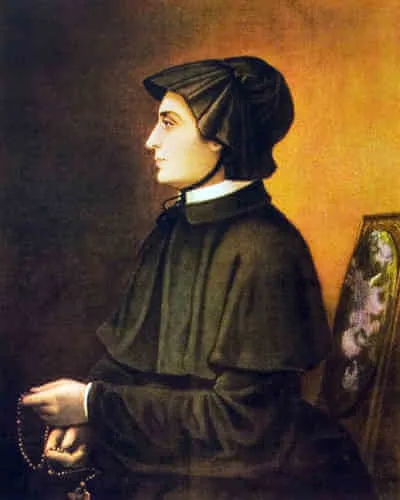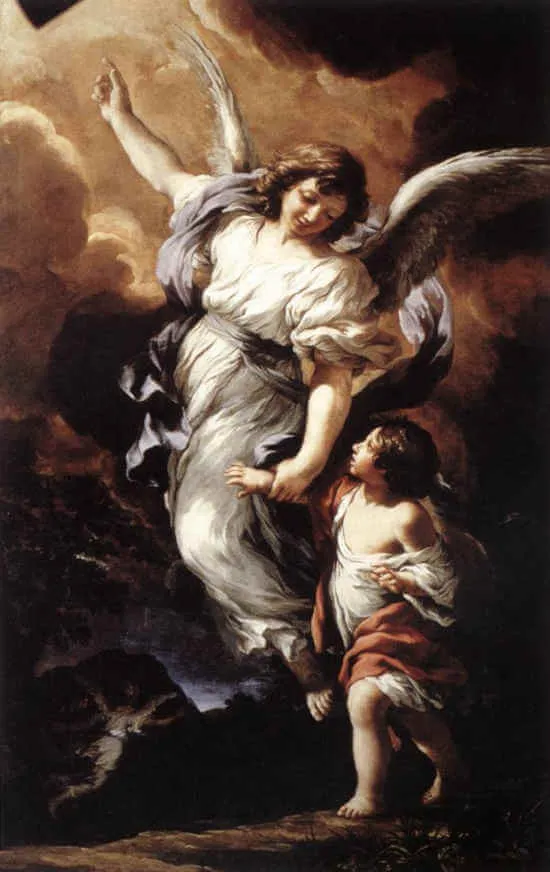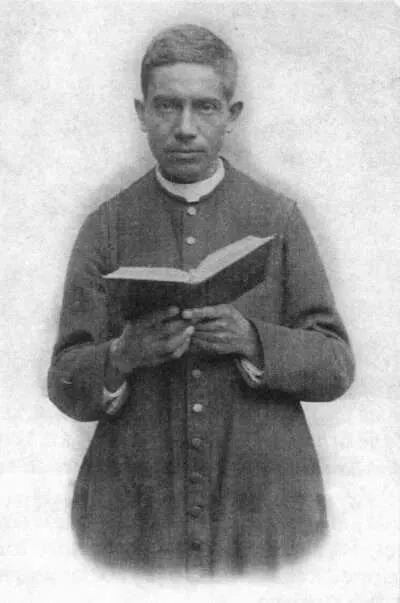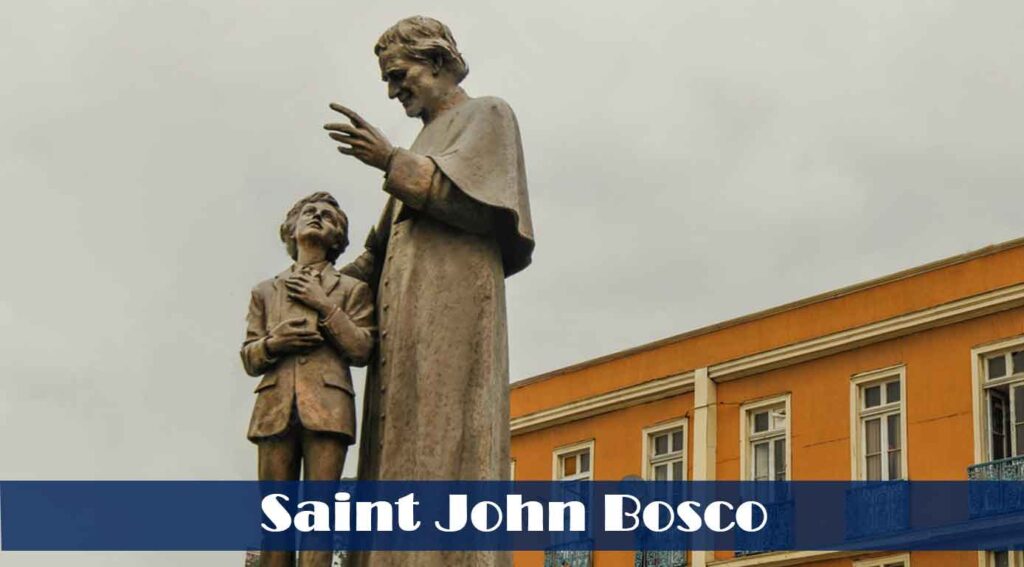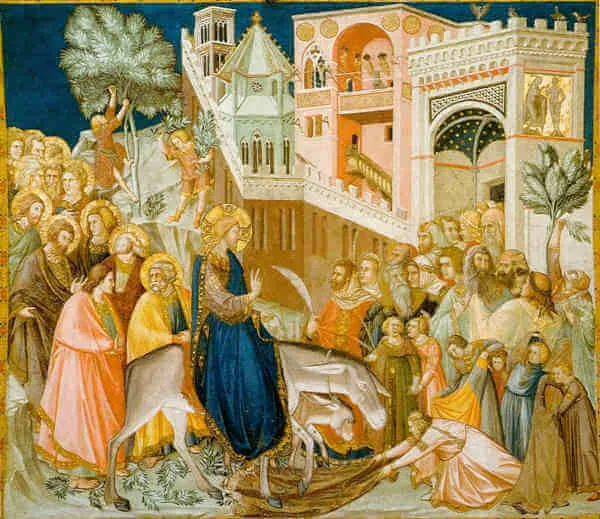1774–1821; Patron Saint of Catholic schools, widows, loss of parents and children, and people ridiculed for their piety; Invoked against in-law problems and those who oppose the Church; Canonized by Pope Paul VI on September 14, 1975
Saint Elizabeth Ann Seton was the first citizen of the United States to be canonized a saint. She was born in New York into a prestigious and loving Anglican family of strong faith just two years before the Declaration of Independence was written. Her father was a well-respected physician. Unfortunately, her mother died when Elizabeth was only three. One of her sisters would die a year later. Her father remarried shortly after, and he and his new wife had seven children. Elizabeth was very fond of her stepmother and often accompanied her on charitable rounds caring for the poor. Sadly, when her stepmother and her father eventually separated, Elizabeth’s stepmother abandoned her, leaving young Elizabeth without a mother once again.
After a materially comfortable but difficult childhood, Elizabeth entered into a beautiful marriage at the age of nineteen with a wealthy shipping magnate named William Seton, with whom she had five children. While Elizabeth was pregnant with their third child, her father-in-law died, so the couple took William’s six younger siblings into their home to care for them. Soon after, a shocking event occurred. William’s business went bankrupt and the entire family had to abandon their home and move in with Elizabeth’s father who died shortly afterward in 1801.
By 1803, William was suffering from tuberculosis. At the recommendation of a physician, Elizabeth, her husband, and their eldest daughter spent their last bit of money to travel to the warmer climate of Italy to see if William could regain his health. Shortly after their arrival, William died. Elizabeth, only twenty-nine years old, was now fatherless, twice motherless, widowed, in a foreign land, and far from four of her children, for whom she had no way to provide.
When one has faith, heavy crosses can elicit much grace, which is what happened to Elizabeth. A month before her beloved William died, Elizabeth wrote in a journal, “Oh well may I love God—well may my whole soul strive to please him, for what but the strain of an Angel can ever express what he has done and is constantly doing for me—While I live—while I have my being in Time and thro’ Eternity let me sing praises to my God.” She was not bitter or resentful; instead, she praised God for all the good He had done for her.
While in Italy, before returning to New York to be reunited with the rest of her children, Elizabeth stayed with a devout Catholic family whose father had been a business partner of her husband. Through their inspiration and example, Elizabeth began to discover the Catholic faith. She visited many churches, discovered the Memorare prayer to the Virgin Mary, experienced the Sacred Liturgy, inquired about Christ’s Real Presence in the Eucharist, and began to understand the Church’s unbroken Apostolic succession.
When she arrived back in New York the following summer, her sister-in-law and closest friend, Rebecca, also died. Though heartbroken, Elizabeth strengthened her faith, deepened her devotion to our Blessed Mother, and continued seeking the will of God. When family and friends learned of her interest in Catholicism, she was shunned. Despite personally experiencing the anti-Catholicism so rampant in that era, Elizabeth persevered and entered the Church the following Ash Wednesday.
The journey that God had in mind for Elizabeth from that point forward would turn out to be monumental. She became a teacher in New York, but when word of her conversion to Catholicism spread, the Episcopalian parents whose children she taught withdrew them. Eventually, in 1809 at the invitation of the Sulpician Order, she moved to Maryland where she founded a congregation of sisters and started the first Catholic grade school in America. The school offered a free education to poor girls. Elizabeth was elected superior of the congregation and was henceforth called “Mother Seton.” Her daughters were able to live with her and continue their education at the school, and her sons lived and were educated at the nearby boys’ school. She remained superior until her death at the age of forty-six. She continued her childhood love of caring for the poor and inspiring many others to do the same.
Mother Seton faced many challenges in life, but she faced them with faith, with the tenderness of her personality, and with affection, determination, and concern for the poor and outcasts. She was a woman of great personal faith who discovered the true objective faith in the Catholic Church. For these and many other reasons, this poor woman became rich in eternity, while also enriching the lives of many others along the way.
Source: https://mycatholic.life/saints/saints-of-the-liturgical-year/january-4-saint-elizabeth-ann-seton-religious-usa-memorial/


